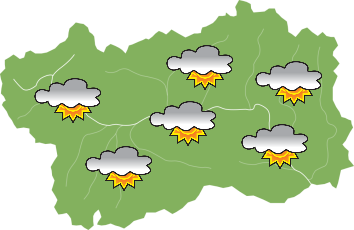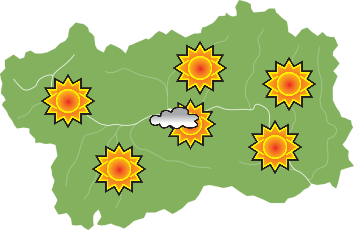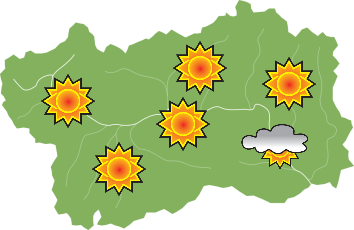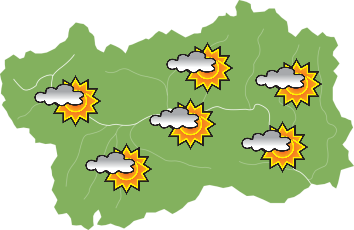Medievel village and Hospice of Leverogne
Architecture - ArvierThe hamlet of Leverogne presents an interesting urban development of the medieval village, with several noteworthy buildings. The village bridge was an obligatory passage to cross the gorge on the stream and access the Valgrisenche and the Col du Mont, a privileged connection between the Aosta Valley and the Maurienne.
Leverogne was, therefore, a place of transit for pilgrims, traders and adventurers.
In 1368, with the specific aim of welcoming pilgrims, Pierre Socquier founded a hospice that offered a kitchen, a bedroom and a cellar.
Even today, on the facade of the ancient house, we can admire the fifteenth-century pictorial cycle of the "Works of Mercy" that were put into practice by offering a plate of soup and a bed to wayfarers.
Going up the course of the Dora di Valgrisenche stream, you can still find the remains of a Roman bridge.
Leverogne also preserves a painful memory of more recent history.
On September 13, 1944, a violent Nazi-Fascist reprisal tragically marked this place, causing the death of 13 innocent people and leading to the destruction of a significant part of the town of Leverogne, in addition to the almost total devastation of the villages of Rochefort and Chez-les-Garin. An event that remains etched in the collective memory, as a testimony to the sacrifice and resistance of a territory.










